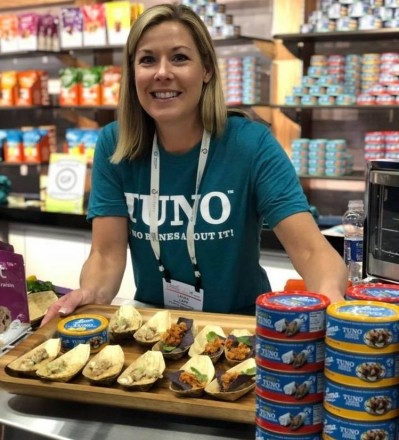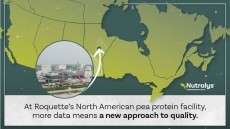As plant-based alternative sales soar, brands & retailers must address challenges facing sector

To take full advantage of this potential, though, Numerator says retailers and plant-based meat manufacturers must overcome several major hurdles, including making the products easier to find, increasing the variety and offering more affordable options.
Based on data from Numerator’s InfoScout OmniPanel, which tracks purchases of more than 450,000 Americans, 80% of US shoppers intend to replace some or all real meat with plant-based meat alternatives in the next year.
While only 36% say they will replace a “small portion” of animal-based meat with plant-based alternatives, 23% say they will replace a significant portion and 21% say they will replace all. This doesn’t include the 11% who report they already don’t eat animal meat, according to Numerator.
These rates are slightly higher than last year – when Numerator found half of meat eaters ate more alternatives and nearly 40% ate less real meat. This suggests the shift towards plant-based at the expense of animal-based will continue.
This shift also is notable because it also represents a sacrifice by many Americans. According to Numerator, about half of the people who tried plant-based products prefer animal-based meat, with 21% reporting that they strongly prefer it and 28% saying they only slightly prefer it.
On the opposite end of the spectrum, 29% said they either slightly or strongly preferred plant-based meat, according to Numerator.
But this doesn’t mean most people are “dissatisfied” with plant-based alternatives to animal products. Rather, 62% said they were very or extremely satisfied, 83% said they would recommend them to someone else and 81% said they would try other types of plant-based meat alternatives, according to Numerator.
Plant-based dairy alternatives also on the rise
The shift towards plant-based products isn’t limited to meat alternatives. Numerator also found more Americans reaching for plant-based dairy alternatives than in prior years.
According to the data, 47% of shoppers consumed more plant-based dairy alternatives compared to last year, while 43% said they were consuming the same amount.
Some dairy stakeholders say they are not threatened by the trend because consumers are still buying their products, and the option to buy plant-based options is in addition to animal-based purchases. However, the data from Numerator questions whether this remains true. It found 29% of shoppers consumed less animal-based dairy this year compared to last and only 53% consuming about the same amount.
Increase availability and access
While the plant-based alternative industry appears to have the wind at its back, it still must overcome several hurdles to take full advantage of consumer interest in its products.
For example, finding plant-based alternatives is still a struggle for a quarter of buyers who say they can’t find them at their usual grocery store, according to Numerator.
Another hurdle is the price-point for many plant-based alternatives to red meat, according to the data which found “many triers … concerned about the cost of these products,” according to the intelligence firm.
These challenges also reveal opportunities for manufacturers and retailers. Numerator notes that “brands wanting to jump onto this movement need to do a few things,” including “investing in product innovation as consumers have communicated an openness to branching out to other plant-based meat alternatives like fish and chicken.”
It also recommends that brands continue to promote the ‘likeness’ of plant-based alternatives to animal meat as well as the health and environmental benefits.
On the retail said, Numerator recommends stores place plant-based alternatives to animal meat more prominently so that they are easier to find. If they do so, they likely will be rewarded by higher basket rings and better store-wide performance across categories, as consumers who buy plant-based meats tend to spend about 13% more on groceries annually.


















